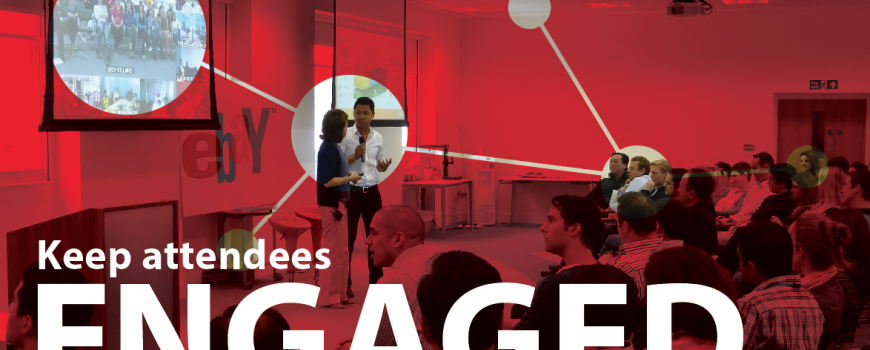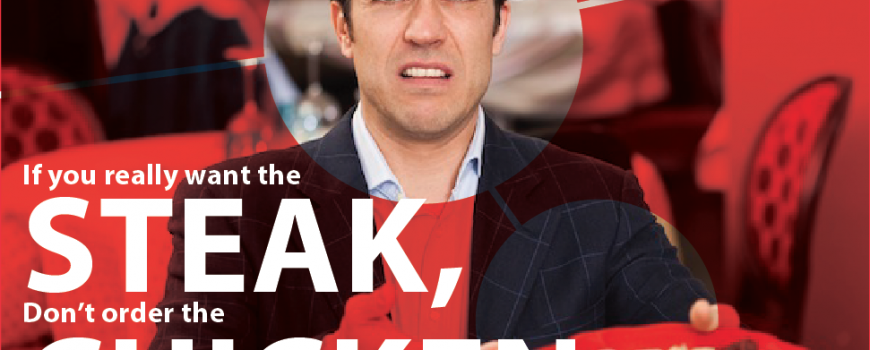IMT Mailbag – How Do I Engage the Audience at Virtual Meetings?
Recently a Manager of Sales Administration emailed us and asked us the following question:
Subject: How do you keep attendees engaged during virtual meetings?
Do you have any suggestions on articles, books, etc. that address Virtual Meetings regarding how to engage the audience, stop multitasking and keep them engaged?
Here’s how we answered his email:
Hi Gary,
We have been heavily involved in this topic for a long time. IMT led the research study for MPI (Meeting Professionals International) to develop a research base and a “How-To-Guide for Creating Hybrid Events.” (Download it at mpiweb.org.) We have been involved in creating several hybrid meetings applying those lessons.
Here are some things to look for in terms of engagement:
(1) Is the content appropriate to the audience? Most people try to do a 1 size-fits-all approach with their content. People lose interest much faster online. So, you need to do a better job with targeting.
(2) What does the content look and feel like? Most people’s reference point for online content is live television (Election results, live sports and talk shows. Think Oprah.). Are you trying to emulate these formats for content delivery OR are you just recording subject matter expert lectures with boring PowerPoint slide shows?
If you think about how live television works – it moves very quickly from segment to segment and topic to topic. The content is much shorter than a live in-person meeting. Camera angles change as well. In addition, reconsider the length of your virtual sessions and how you put them together.
(3) What are you doing to engage people? I would look for two things: (1) What tactics are you using? and (2) How much time are you allocating to engagement?
Your attendees are one click away from doing ANYTHING else on the Internet and you only control a small window for their attention. Most online events are Subject Matter Experts talking to people for 56 minutes with 4 minutes allotted for Q&A.
If the attendee has nothing to contribute (ideas, comments, etc.), then you are “betting” that your speaker is strong enough that they will resist the temptation to click away. In my opinion, that is a big ask! I don’t know any speakers that can keep 100% of the audience’s attention.
The person responded and thanked me for our help. Then, he told us that his virtual meetings concentrated on the following:
- Product info
- Shipping concerns
- New policies/processes
- Info such as upcoming training or meeting
This is boring stuff, especially when you can’t see people face-to-face. His situation sounded similar to a challenge that Ebay Europe faced with its internal team briefings. So, if you find yourself in a situation where your content is capital “B” boring, I would recommend that you read the following Case Study: http://www.mpiweb.org/_secure/eBayCaseStudy.pdf
Have a virtual meeting or interactive technology question? E-mail us at: info@interactivemeetingtechnology.com or visit our site for more information about our digital solutions.


